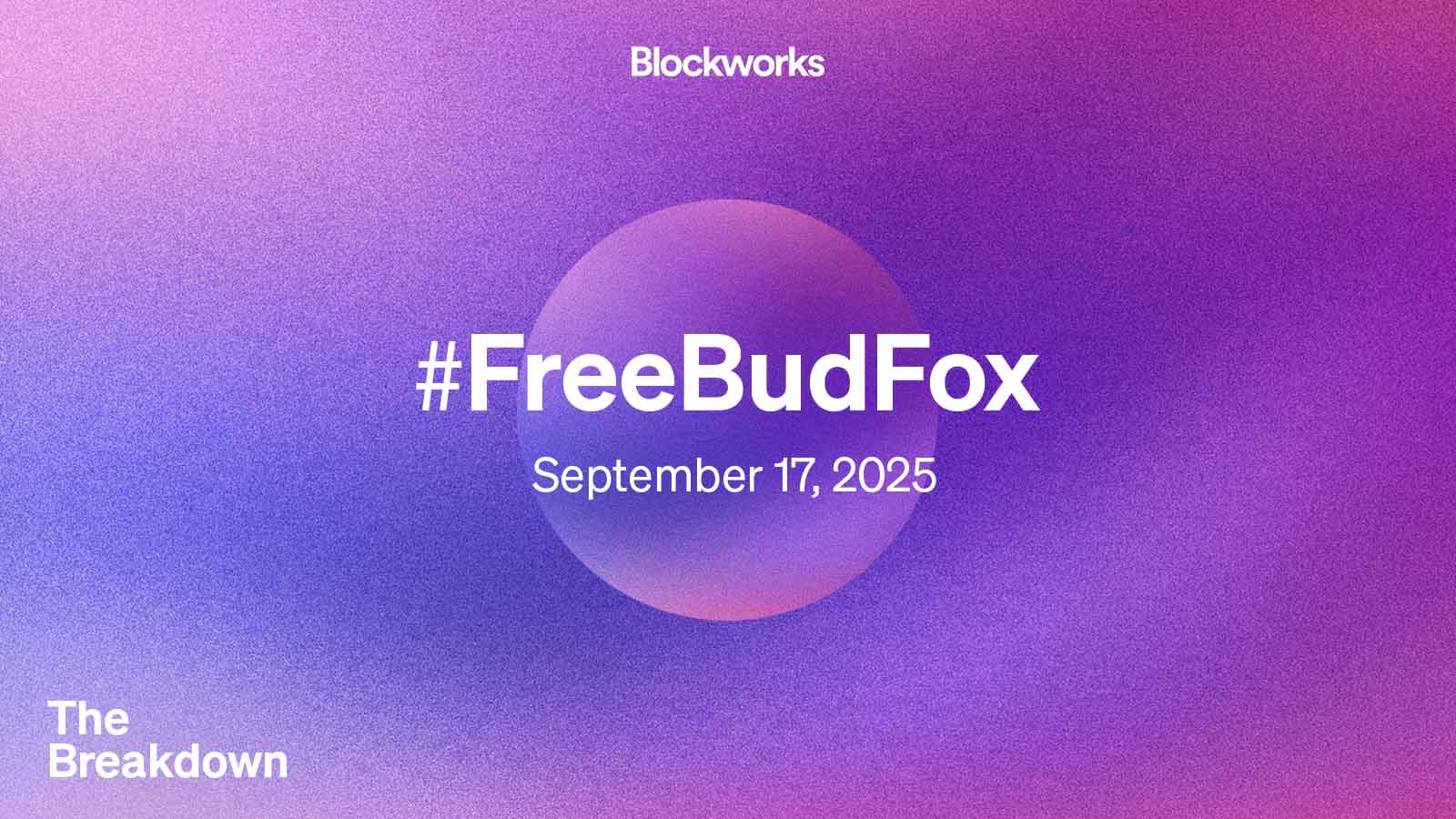This week’s episode of the CoinGeek Weekly Livestream was an Ask Me Anything (AMA) with Kurt Wuckert Jr. It covered OP_CAT and Core V30 on BTC, BSV on-chain activity after Teranode, and the upcoming London Blockchain Conference.
title=”YouTube video player” frameborder=”0″ allow=”accelerometer; autoplay; clipboard-write; encrypted-media; gyroscope; picture-in-picture; web-share” referrerpolicy=”strict-origin-when-cross-origin” allowfullscreen=””>
The latest tech development on BTC
Two viewer questions ask about tech upgrades on BTC. The first is about OP_CAT going live, and the second is about BTC v30.
Answering the first one, Wuckert says this enables some smart contract functionality on BTC, but its fundamental limitations won’t allow this to amount to much. Costs and limits to script and block sizes are baked in at this point, so this isn’t a threat to BSV.
As for Core v30, it’s cool, but again, it doesn’t change the limits of this blockchain. This enables basic functionality, but there are still hardcore small blockers who oppose anything like this. It’s a baby step in the right direction, but it’s nowhere near where BSV is after seven years of development.
CoinGeek and the wider BSV ecosystem
One viewer asks how Wuckert’s various media appearances have been arranged. He says CoinGeek arranged some of the Fox News appearances, but many of the others, such as the Patrick Bet-David and Hotep Jesus podcast appearances, were coordinated by the BSV community.
Another viewer asks about the upcoming London Blockchain Conference and whether Wuckert has any teasers about announcements. He doesn’t, explaining that it’s a fully separate organization. CoinGeek is going as a media partner, but doesn’t have much insight into what will be announced. In fact, CoinGeek doesn’t even have access to speakers until the conference itself. Wuckert is excited to attend and looking forward to seeing old friends and meeting new people interested in the sector.
The Teranode era and what it means for BSV
Does Wuckert expect lots of on-chain activity from businesses waiting on the sidelines for Teranode to go live?
He doesn’t know the details yet, but he does know many app developers, stablecoin companies, and others who have been briefed over the years. When Teranode goes live, they’ll have every opportunity to move across to BSV. He says these things tend to happen slowly, then suddenly, and he expects that to happen.
As for which applications are right for the moment we’re in, Wuckert points to stablecoins. Some of the tokenization stuff is still pretty far out, but the regulations and development are just right for stables. Businesses understand the benefits of using them, but they haven’t yet figured out the costs and limitations of using them on Ethereum, and when they do, BSV will be ready.
As for what might come next, it’s anyone’s guess. The tooling and SDKs on BSV are much better than before, and Bitcoin Script, while complex, enables anyone to create virtually anything. When Teranode takes over fully, there won’t be any limits to what can be built on public, scalable blockchains.
GorillaPool and Wuckert’s grand vision
A viewer asks how GorillaPool stays afloat, given how unprofitable mining is. Wuckert explains that, while they’re right that mining itself is unprofitable, relationships with energy providers and other means to profit, including software development, mean the company is sustainable. He praises GorillaPool’s developers as some of the most competent and visionary he has ever encountered.
As for the grand vision for the company, Wuckert sees it as an ISP like Verizon or Xfinity. It’s an infrastructure layer that enables connectivity on the Internet of Value (Metanet). People will be able to exchange value peer-to-peer because GorillaPool mines blocks on BSV, he says
Watch: Culture of BSV and the ‘Crypto’ Economy
title=”YouTube video player” frameborder=”0″ allow=”accelerometer; autoplay; clipboard-write; encrypted-media; gyroscope; picture-in-picture; web-share” referrerpolicy=”strict-origin-when-cross-origin” allowfullscreen=””>
Source: https://coingeek.com/bitcoin-ama-recap-london-blockchain-conference-bsv-next-era-video/



